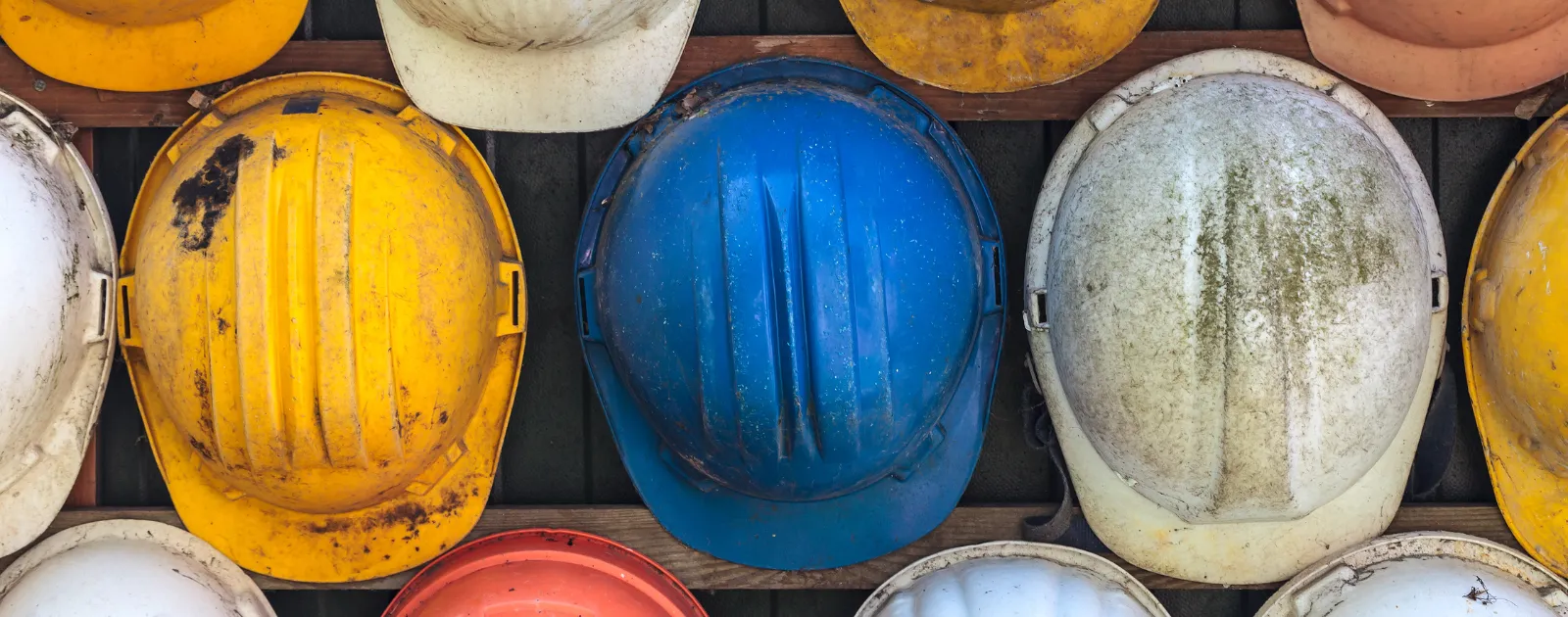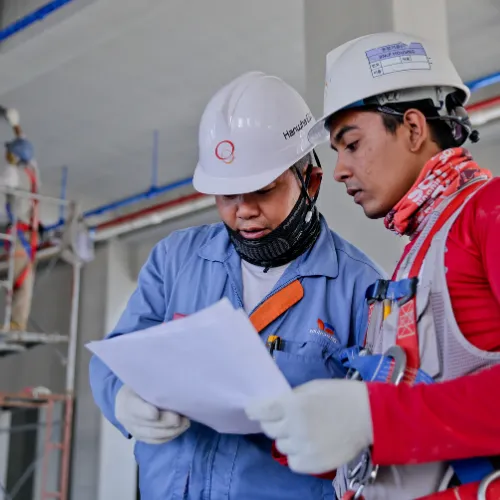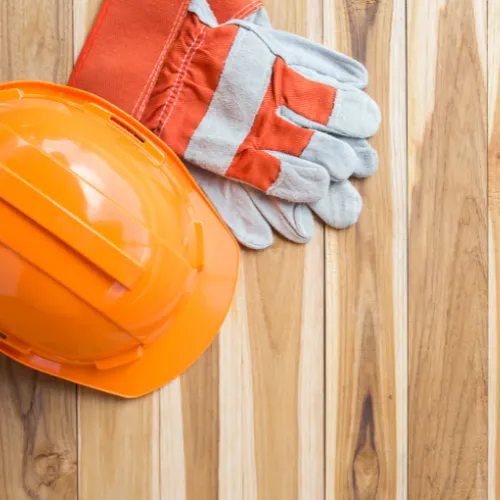
In the world of keeping workplaces safe, the simple safety helmet is really important. It doesn’t just protect your head; it also sends out important messages using colors, types, and markings. It’s not just about looks — these things are like a special system that makes safety better on construction sites and in industries. Let’s take a closer look at how the color of a safety helmet or the type you wear can tell a lot about safety rules and help people communicate better in their work.
In the hierarchy of construction helmet colors, a white helmet typically holds a specific meaning. White helmets are often associated with managers, engineers, supervisors, or those in leadership roles on construction sites. The color signifies a higher level of responsibility and authority, indicating individuals who oversee and coordinate various aspects of the project. These professionals are usually involved in decision-making, planning, and ensuring that safety protocols are adhered to throughout the construction process. The white construction helmet acts as a visual indicator of leadership, making it easier for workers to identify key personnel and seek guidance when needed. Understanding the significance of the white helmet in this hierarchy enhances communication and fosters a safer and more organized work environment.

In the construction industry, a yellow construction helmet often carries specific meanings within the hierarchical structure. Generally worn by site laborers and general workers, the yellow color signifies a particular role in the workforce. Individuals with yellow helmets are typically involved in hands-on tasks, contributing to the physical aspects of construction projects. While they may not hold supervisory or managerial roles, their work is foundational to the project’s execution. Recognizing the significance of a yellow construction helmet aids in quick identification of the workforce engaged in various manual and operational activities on the construction site. This color-coded system not only promotes efficiency but also enhances overall safety by allowing workers to easily distinguish and coordinate with their colleagues based on their roles.

In the hierarchy of construction helmet colors, a red construction helmet often designates a specific role and responsibility. Typically worn by fire safety personnel or emergency responders on a construction site, the red helmet signifies individuals trained to handle and manage emergency situations. These professionals play a critical role in ensuring the safety of the site and its occupants in the event of accidents, fires, or other unforeseen incidents. The red construction helmet serves as a visual cue for workers to quickly identify and seek assistance from these trained responders during emergencies. This color-coded system helps establish a clear chain of command and enhances the overall safety infrastructure on the construction site by ensuring that those with specialized emergency training are easily distinguishable.

Often worn by technical professionals and engineers, the blue color indicates individuals with expertise in planning, design, and technical aspects of construction projects. Those donning blue helmets are often responsible for overseeing project specifications, ensuring compliance with engineering standards, and managing the implementation of technical solutions. This color-coded system facilitates quick identification of personnel with specialized knowledge and technical skills on the construction site. While not necessarily at the top of the hierarchy, those wearing blue helmets play a crucial role in the successful planning and execution of construction projects, contributing their technical expertise to ensure structural integrity and project precision.

In the construction industry, an orange construction helmet typically signifies a specific role and responsibility within the workforce hierarchy. Frequently worn by road workers, traffic control personnel, or those involved in high-risk environments, the orange color serves as a visible indication of individuals tasked with ensuring safety in areas with potential hazards. This includes roles such as traffic management, signaling, and work in proximity to heavy machinery. While not necessarily representing a managerial or supervisory position, the orange helmet designates workers who specialize in maintaining a safe environment during construction activities, particularly in areas where there is a high risk of accidents or interaction with moving vehicles. The color-coded system aids in quick identification, contributing to overall safety and efficiency on construction sites.
